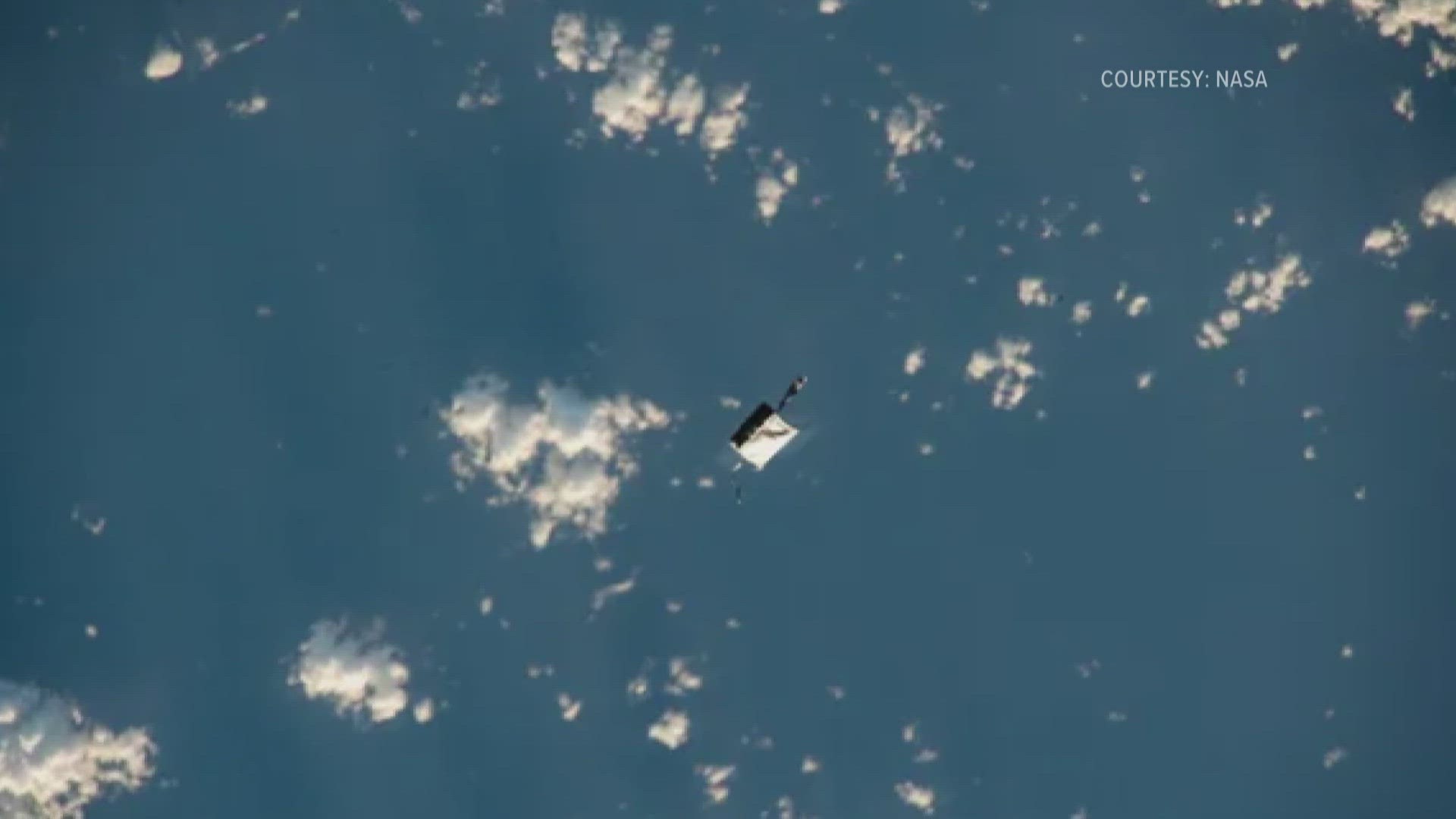TEMPLE, Texas — One of our solar system's most famous travelers will soon start making its way back toward Earth.
Halley's Comet is set to reach aphelion, its furthest point from the sun, on Dec. 9, 2023, as it makes its 76-year trip around our solar system, according to science website EarthSky.
Halley's Comet was last visible from Earth in 1986. According to NASA, it is expected to make its next appearance in 2061.
NASA lists Halley's Comet as about 9.3 by 5 miles in size. Sadly, don't expect to be able to see the comet for a while longer. NASA says the comet is one of the least reflective objects in the solar system, reflecting only 3% of the light that falls on it, and it still has a long way to go before it makes its closest pass to Earth, called perihelion.
Halley's Comet's orbital circumference as it travels around the sun is around 7.6 billion miles, according to NASA, making one orbit roughly every 76 Earth years.
At its furthest point from the sun, NASA says the comet travels beyond the orbit of Neptune, the furthest planet in our solar system (Not including Pluto, which is now officially considered a dwarf planet).
Even though the comet itself may only be visible once in a generation, traces of it are visible twice a year, as the Earth passes through debris left by the comet in its orbit, causing the Eta Aquarid and Orionid meteor showers in May and October respectively.
Halley's Comet is named after English astronomer Edmond Halley, according to NASA, who discovered the comet in 1705 and was the first to discover that comets made multiple passes through the solar system.
While skywatchers will sadly have to wait almost another 40 years to catch sight of the famous comet, those who don't want to wait that long can watch the Geminid meteor shower as it is set to peak on Dec. 13 and 14, 2023, with this year's shower expected to be a particularly dazzling sight. More information on how and when to see the shower can be found at this link.
For more information about Halley's Comet, visit NASA's website at this link.
More space stories from 6 News:

